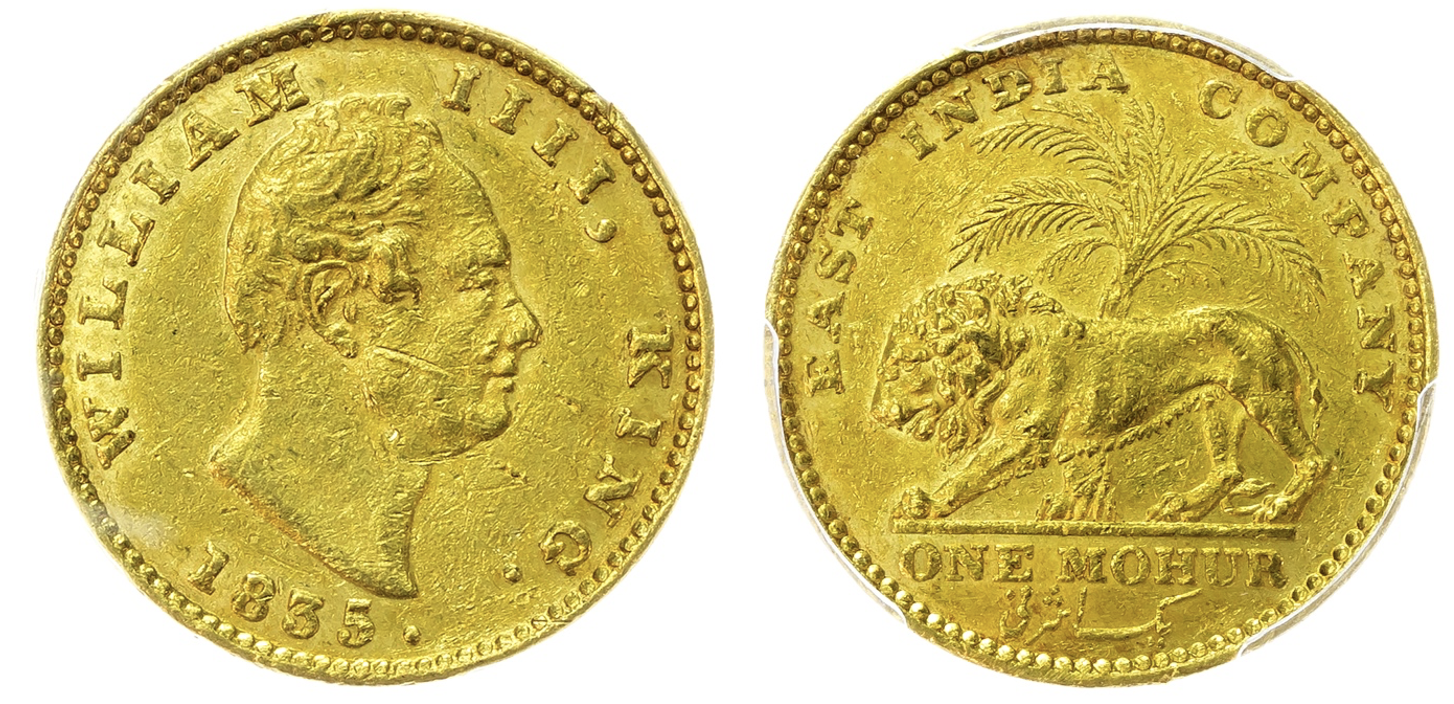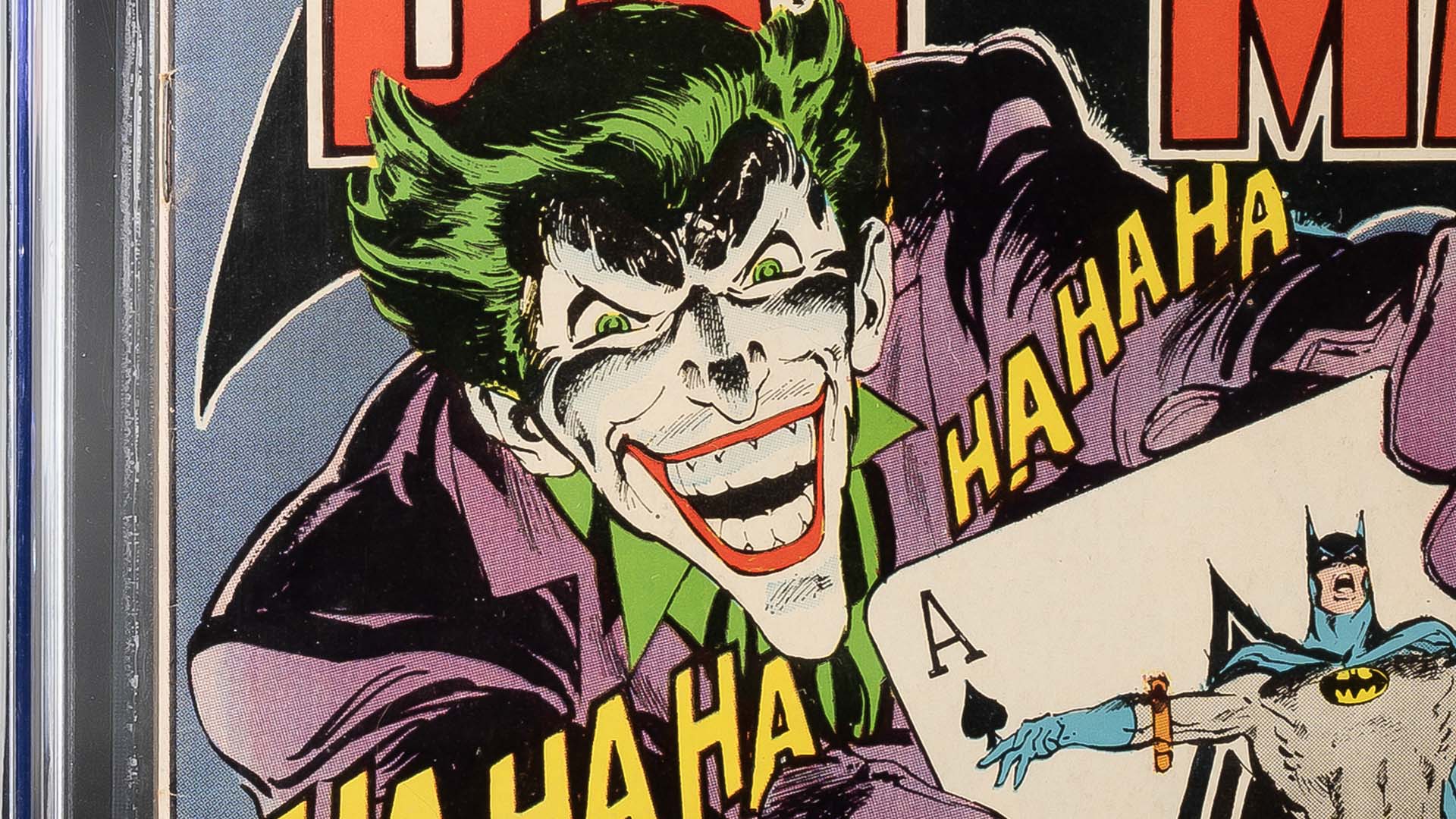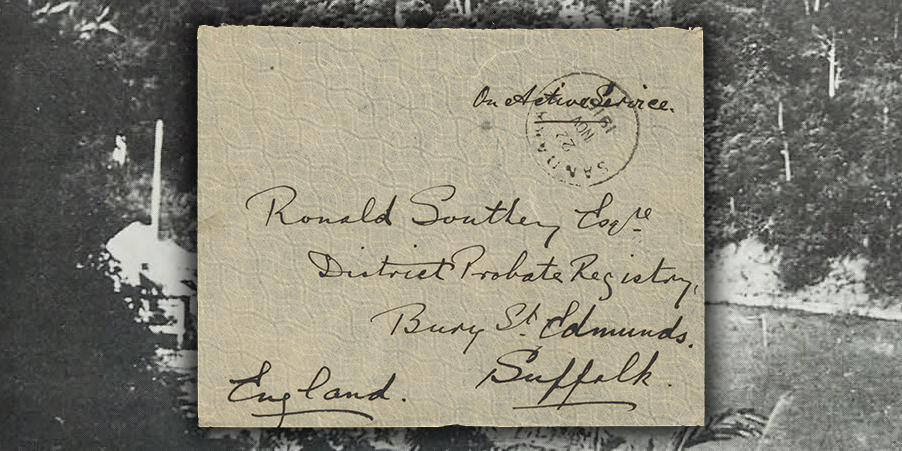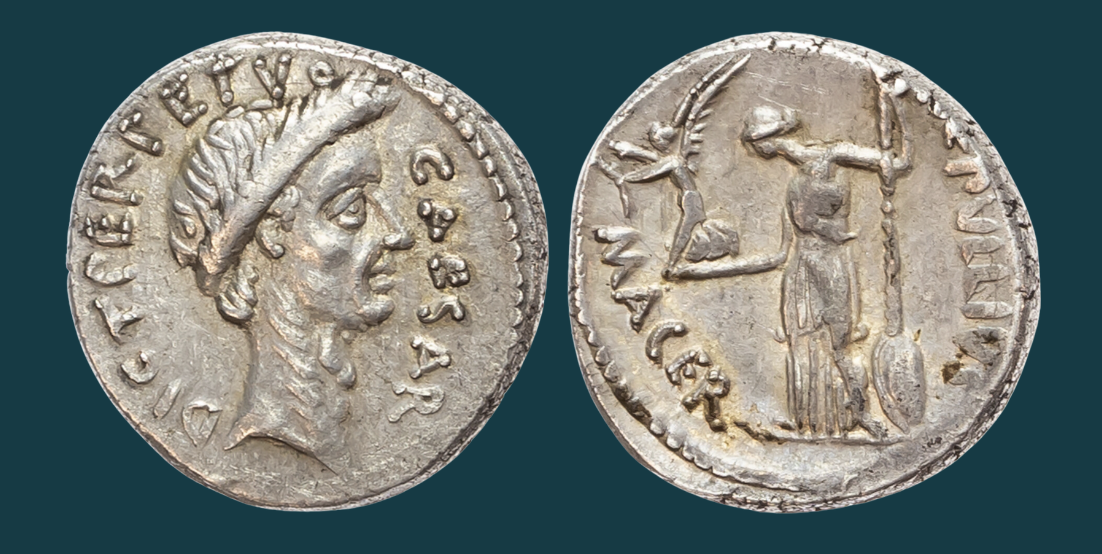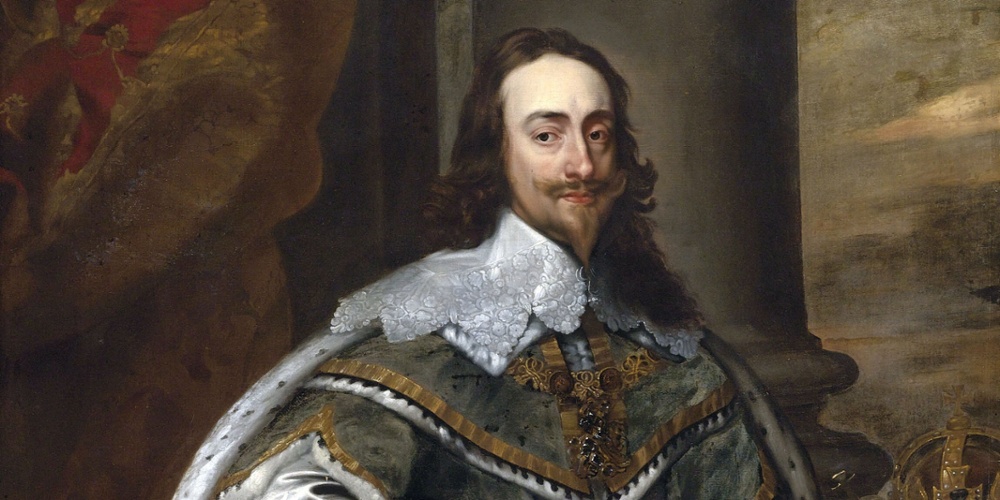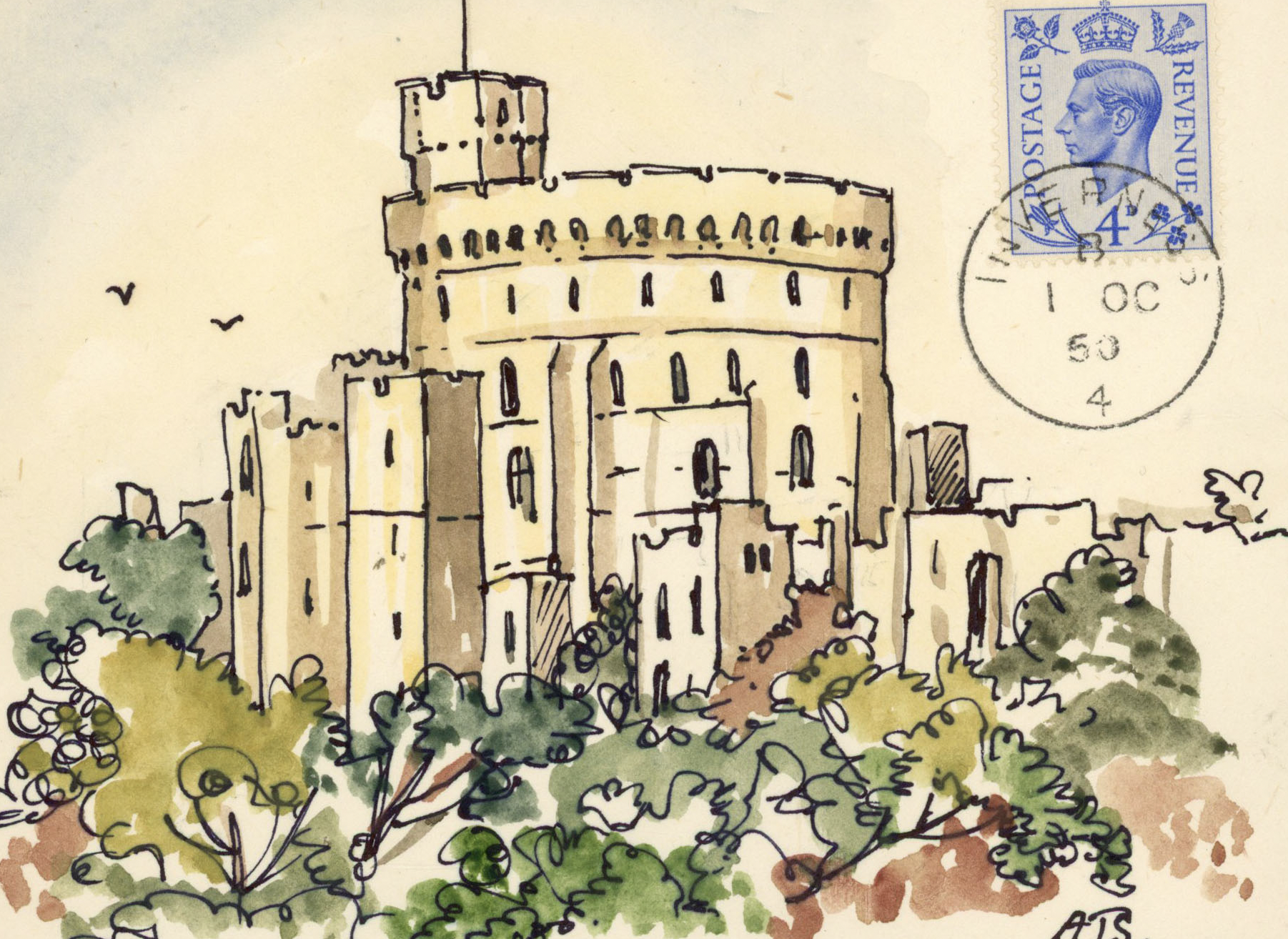Stanley Gibbons Baldwin’s is thrilled to present the Ancient, British and World Coin Auction at 399 Strand on Wednesday 9 July. Among highlights of the sale is a selection of East India Company gold graded coins, including the 1835 William IV gold Mohur, the 1841 Victoria gold Mohur and the 1870 Victoria gold proof restrike 5 Rupee coin.
Gold Mohurs were first introduced in the mid-1500s by as a way of uniting the different tribes in India under a single form of currency, in order to encourage trade and peace. Though his reign as Sultan of Hindustan was brief – just five years – he is recognised as one of the most skilful Afghan generals in history, defeating the Mughal Empire and founding the Sur Empire. The influence of his innovations and reforms extended far and wide, and during his time in power, he remained undefeated in battle.

Later adopted by the British East India Company, who decided that coinage should build on the heritage of the Gold Mohur, it was minted with its stunning and instantly recognisable design of the lion striding left, palm tree in background. As British rule in India grew, this distinctive image – a symbol of the East India Company – was featured on the coins opposing the portraits of British monarchs, starting with William IV and continuing through Victoria, Edward VII, and George V. The majestic Mohur was adopted as the main trading currency of The East India Company, including for paying the sepoys, who were Indian soldiers serving in the Company's army. By the early 1800s, the East India Company exercised administrative control over most of India, ruling over 400 million people. Its trade had brought vast wealth to Britain changing the very fabric of the nation. The Mohur came to epitomise the Colonial age, symbolising a new age of trade and wealth. However, as the gold mohur was a symbol of British rule, it also represented the authority and oppression that the sepoys ultimately rebelled against.

Starting in May 1857, the triggers were many, including unfair pay in comparison to the British soldiers and the use of new rifle cartridges believed to be greased with animal fat, which was offensive to both Hindu and Muslim sepoys. The uprising was a significant challenge to British power in India. One key consequence of the rebellion was the ultimate end of the East India Company, whose control was taken over by the British government, which in turn increased its military presence in India.
Only four British Monarchs featured on the Mohur: William IV, Queen Victoria, Edward VII and George V – with the last Mohur minted by the East India Company, as part of British India, in 1918.
Stanley Gibbons Baldwin’s is thrilled to bring to auction several of these East India Company gold graded coins, all in superb condition, representing a significant chapter in the history of the British Empire.
For more information visit www.sgbaldwins.com or register to bid here
Of the 1835 William IV gold Mohur, Calcutta, this is PCGS holder graded AU 53 (54804105). From a mintage of 29,000 pieces, only eleven have been recorded finer in the PCGS census. This item is estimated at £4,000-5,000.
The 1841 Victoria gold Mohur, Calcutta, type B obverse, type I reverse, divided obverse legend, crosslet 4 variety, is in PCGS holder graded AU 58 (54804109). It is crosslet 4 variety, mistakenly designated on the slab as plain 4, and is estimated at £4,000-5,000.
And the 1870 Victoria gold Proof Restrike 5 Rupees, Calcutta, is in PCGS holder graded PR 61 (54804107). Only five known are finer in the PCGS census, and it is estimated at £2,000-3,000.
